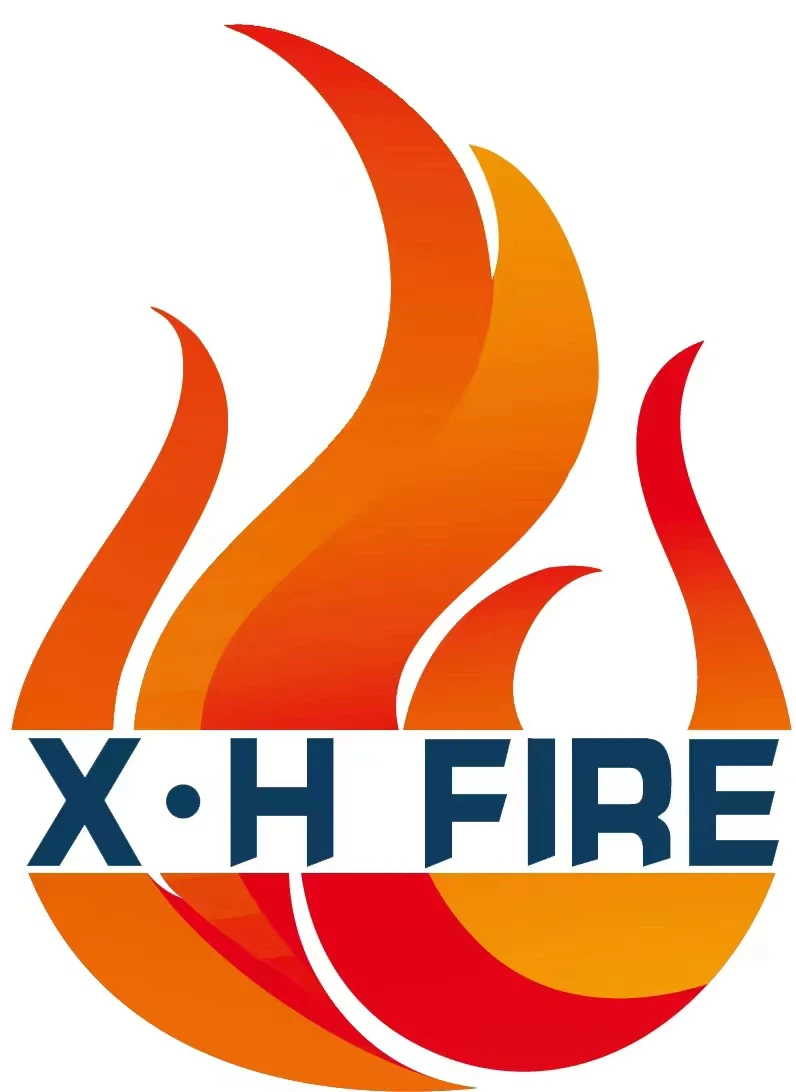Preparation before installation
1. Check the equipment: confirm that the fire hose, interface, water gun and other equipment are intact.
2. Clean the site: ensure that there are no obstacles around the installation location and the ground is flat and clean.
Installation steps
1. Connect the hose interface:
- Select the interface type: select the appropriate interface (usually card type or threaded type) according to the interface type of the hose and the fire hydrant (or water pump).
- Connect the hose and interface: firmly connect one end of the hose to the interface to ensure that it is not loose.
2. Fix the hose reel:
- Install the hose reel in a fixed position, such as a wall or fire cabinet.
- Make sure the reel is firmly installed and can rotate freely to facilitate the reeling and unwinding of the hose.
3. Connect the water gun:
- Connect the other end of the hose to the fire hose gun to ensure a firm connection.
4. Fix the hose:
- Roll the hose evenly and place it in the reel or fire cabinet.
- If there is no reel, the hose can be folded neatly and placed in the fire cabinet for quick access.
5. Check the installation:
- After the installation is completed, conduct a comprehensive inspection to ensure that all connections are firm and there is no water leakage.
- Confirm that the hose will not be twisted or knotted when it is unfolded.
Installation precautions
1. Avoid sharp objects: Avoid the hose from contacting sharp objects during installation to prevent damage.
2. Keep dry: The hose should be kept dry when not in use and avoid long-term exposure to humid environments.
3. Regular inspection: After the installation is completed, the hose and its accessories should be checked regularly to ensure that they are in good condition, and problems should be replaced or repaired in time.
4. Training and use: After the installation is completed, relevant personnel should be trained to ensure that they understand how to use the fire hose correctly.
Common problems and treatments
1. Loose interface: If the interface is found to be loose, it should be reconnected immediately and the sealing ring should be checked for integrity.
2. Leaking hose: If the hose is found to be leaking, it should be replaced with a new hose immediately and checked for correct installation.
3. Hose curling or knotting: If the hose is found to be curled or knotted during use, the water should be stopped and re-unfolded to avoid affecting the fire extinguishing effect.
Through the above steps, the correct installation and use of fire hoses can be ensured, effectively improving the fire emergency response capabilities.




